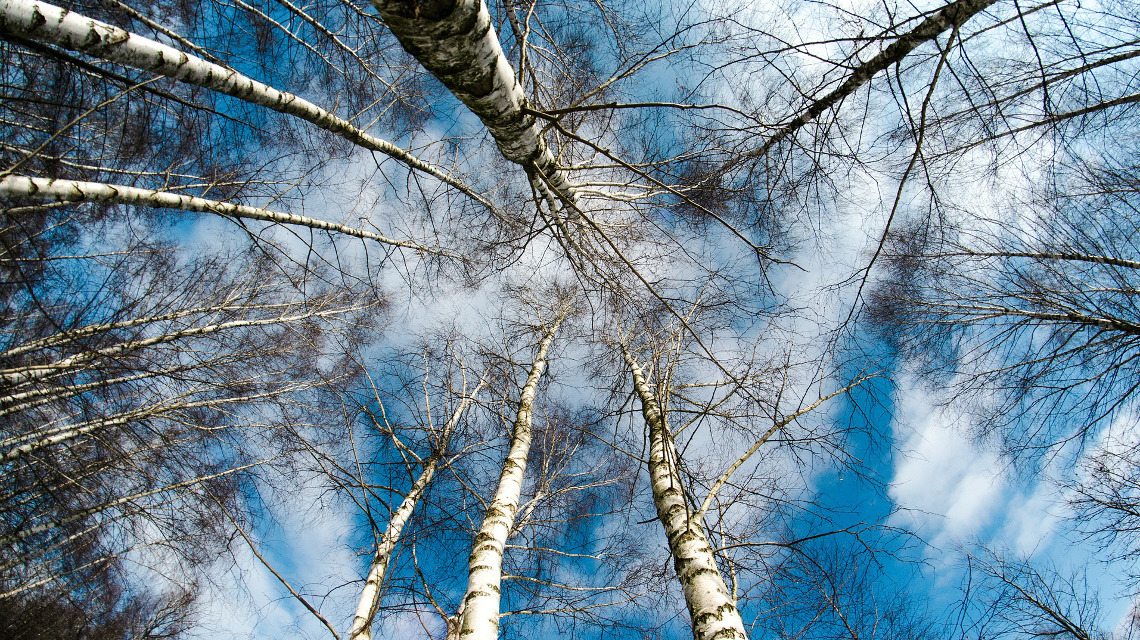Fine dust dries out trees
Not only is fine dust unhealthy for humans, it also affects the vegetation: According to an international study, the particulate matter makes trees more susceptible to drought.

All over the world, droughts are causing plant damage. Trees wither or die and entire forests perish. Such scenarios are being observed more and more frequently in the Southwest of the USA. Climate change is often cited as the reason for this. But this explanation does not go far enough. The increasing pollution of the environment by particulate matter also contributes to this, as an international study carried out with the participation of the Rheinische Friedrich-Wilhelms-Universität Bonn shows.
Function of stomata impaired by particulate matter
Tiny pores on the leaves of plants regulate the evaporation of water. At the same time, these stomata ensure the absorption of carbon dioxide, which the plants convert into sugar as an energy source with the aid of photosynthesis. "In the course of evolution, plants have adapted the regulation of stomata to the environmental conditions, but at a time when there was considerably less particulate matter than today," explains Jürgen Burkhardt from the Institute of Crop Science and Resource Conservation (INRES) at the University of Bonn. Together with scientists from Scotland, the USA and Croatia, the researchers from Bonn were able to prove that this regulation of the gap opening is impaired by the accumulation of fine dust. The study was funded by the German Research Foundation (DFG) and the European Union.
Risk of drought damage increases
As the team reported in the specialist journal "Environmental Research Letters", the risk of drought damage to plants increases considerably. In a greenhouse at Bonn University, trees in an almost particle-free atmosphere were compared with those in unfiltered urban air. Seedlings of Scots pine, silver fir and English oak were supplied for two years with filtered ambient air, i.e. air almost free of fine dust.
Lower evaporation of water in air free of fine dust
According to the study, water evaporation from trees growing in greenhouses with filtered air was lower than from those growing in Bonn's moderately polluted urban air. This also applied to trees where the stomata were completely closed. "Deposited fine dust on leaves thus increases evaporation," Burkhardt sums up.
No control over evaporation
This study is the first to prove that there is a direct relationship between air pollution and the susceptibility of trees to drought. But what mechanism is behind this? The researchers also answer this question. A large part of the atmospheric fine dust therefore binds moisture from the environment. When this is deposited on the plant, liquid water forms together with transpirated water vapour. The researchers found out that this is not pure water, but concentrated salt solutions.
These salt solutions then creep into the stomata, so that a continuous, very thin film of liquid water connects the leaf interior with the leaf surface. "The stomata thus lose some control over evaporation and the plants are more vulnerable to drought," explains Burkhardt. These salt crusts are usually a sign of damaged trees. There were no such signs on the plants that grew in a particle-free environment.


